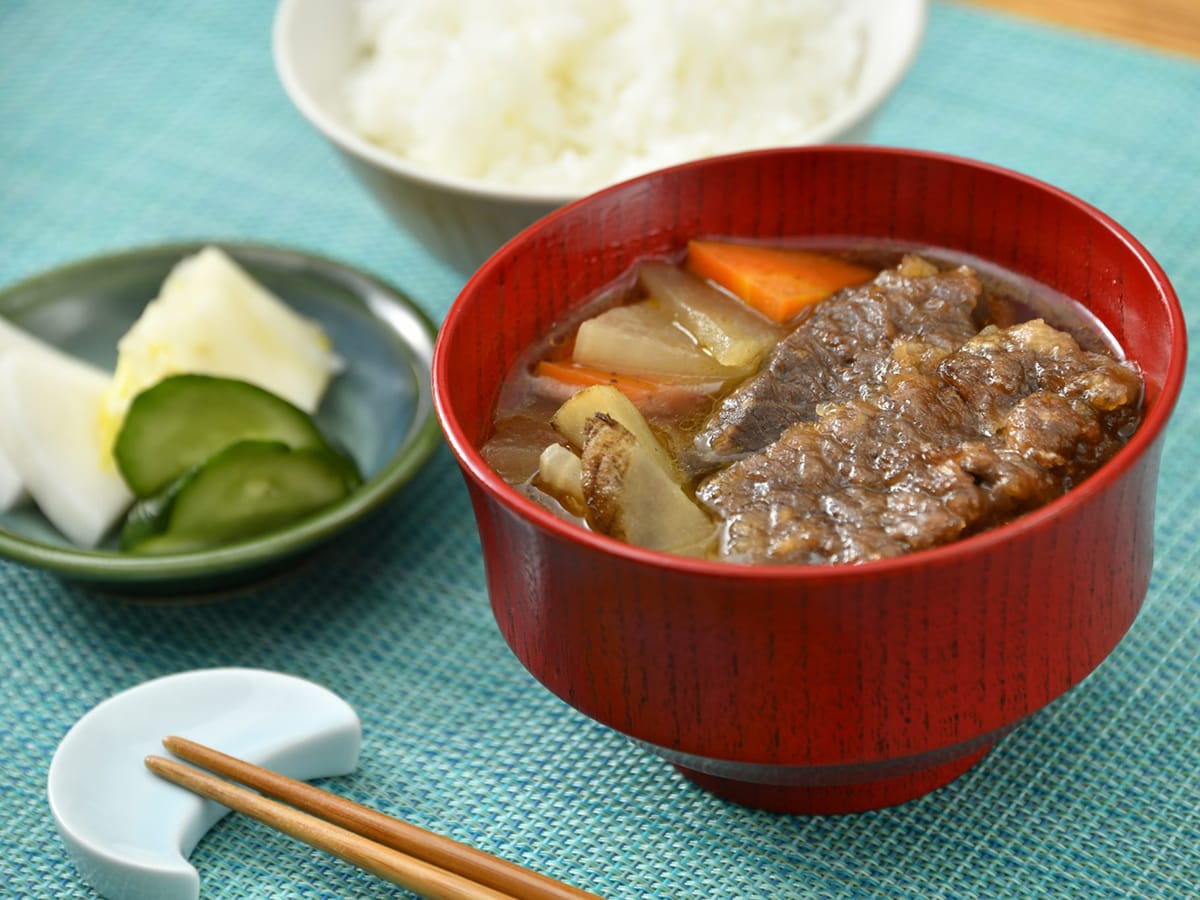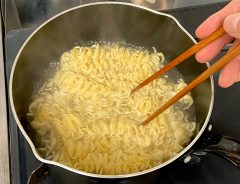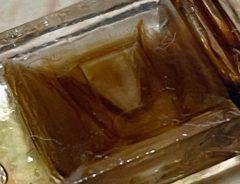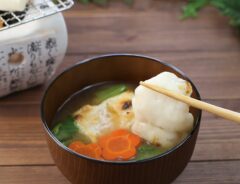
Source: Whale Soup, Ajinomoto's updated recipe with traditional ingredients. | © JAPAN Forward
The Rich, Warm Story of ‘Golden Kamuy’ Manga’s Whale Soup
- Tags:
- Golden Kamuy / ohaw / Soup / whale meat
Related Article
-

Japanese Culture Guide: The Indigenous Ainu People and Ainu Culture of Japan
-

Instant noodles “modified recipe” becomes a hot topic in Japan; Just add ingredients and boil?
-

With Commercial Whaling Resuming in July, Japan Publishes Whale Meat Cookbook
-

After forgetting to use it for four years, man finds “treasure” in noodle dipping sauce
-

Japanese man gets sus looks in the train but he understands why when he comes home
-

Delicious Ozoni Japanese new year mochi soup: Regional varieties ranked by nutritional value


Each frame of the manga is a product of scrupulous research by artist Satoru Noda, a Hokkaido native whose work received the 22nd Tezuka Osamu Cultural Prize Award in 2018.
Masaaki Sasaki, JAPAN Forward
In the icy, silver world of the northern coast of Sakhalin Island, an Ainu girl called Asirpa sips a bowl of ohaw and whispers, “Hinna hinna.”
This scene is from the 17th volume of the popular manga series Golden Kamuy by Satoru Noda, published by Shueisha. The story takes place in the northern lands of Hokkaido and Sakhalin during the late Meiji era.
Ohaw means “warm soup” in the Ainu language, and hinna is an expression of gratitude for the food.
The Story
Asirpa and her group board a ship belonging to the indigenous Nivkh people of Sakhalin and succeed in hunting a beluga whale that lives in the Sea of Okhotsk.
They collect driftwood for fire, and simmer the raw beluga whale meat in a large pot with other nutrient-rich ingredients, like potatoes, dried Siberian onion, and soft windflower.
The soup is flavored using the miso provided by Saichi Sugimoto, a hero of the Russo-Japanese War and fellow adventurer, which Asirpa carries around in a magewappa box.
The piping hot Japanese-style kujira-jiru (whale soup) invigorates and warms the body as the characters repeat “hinna hinna” to each other under the wintry sky.
Written by Japan ForwardThe continuation of this article can be read on the "Japan Forward" site.
The Rich, Warm Story of ‘Golden Kamuy’ Manga’s Whale Soup